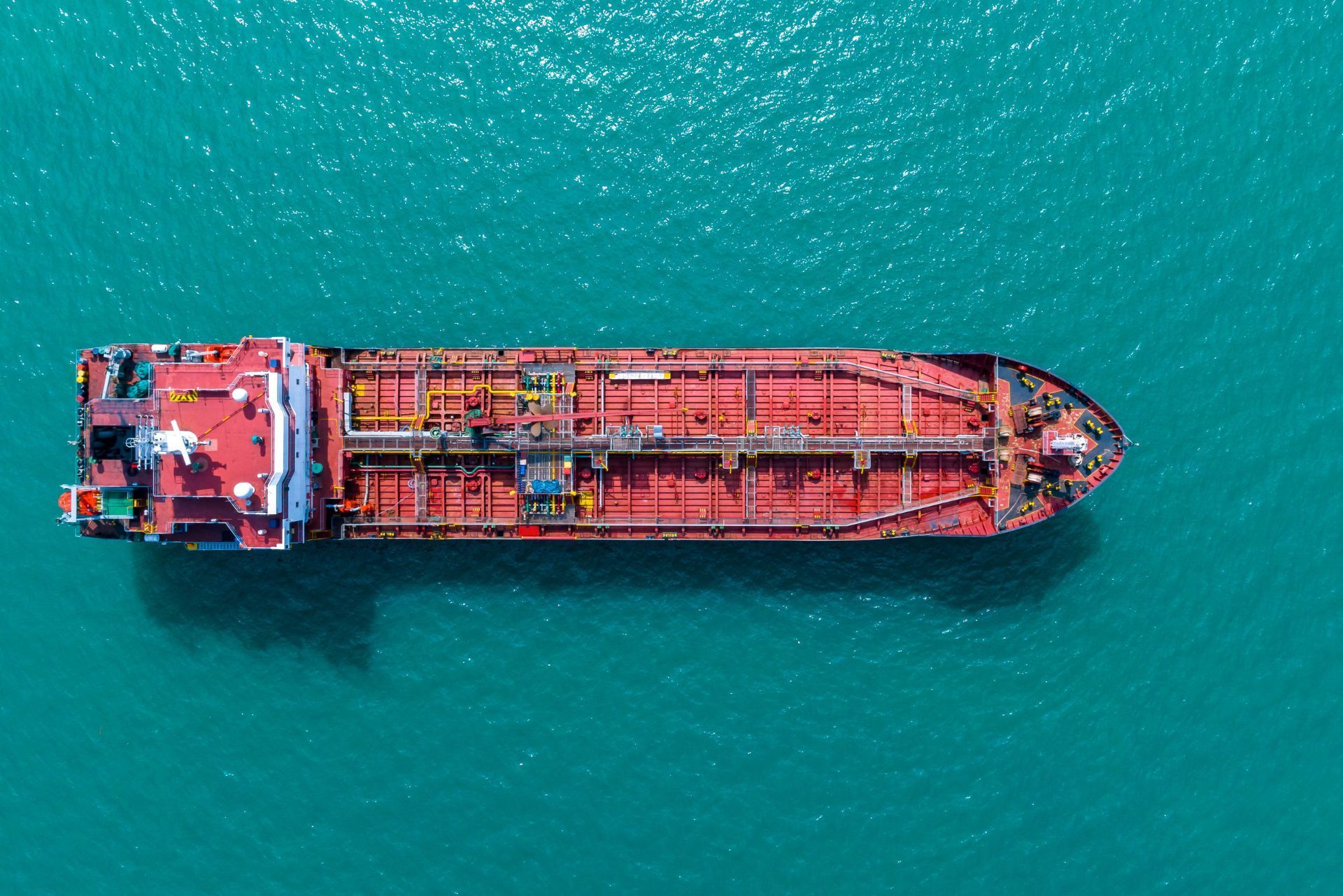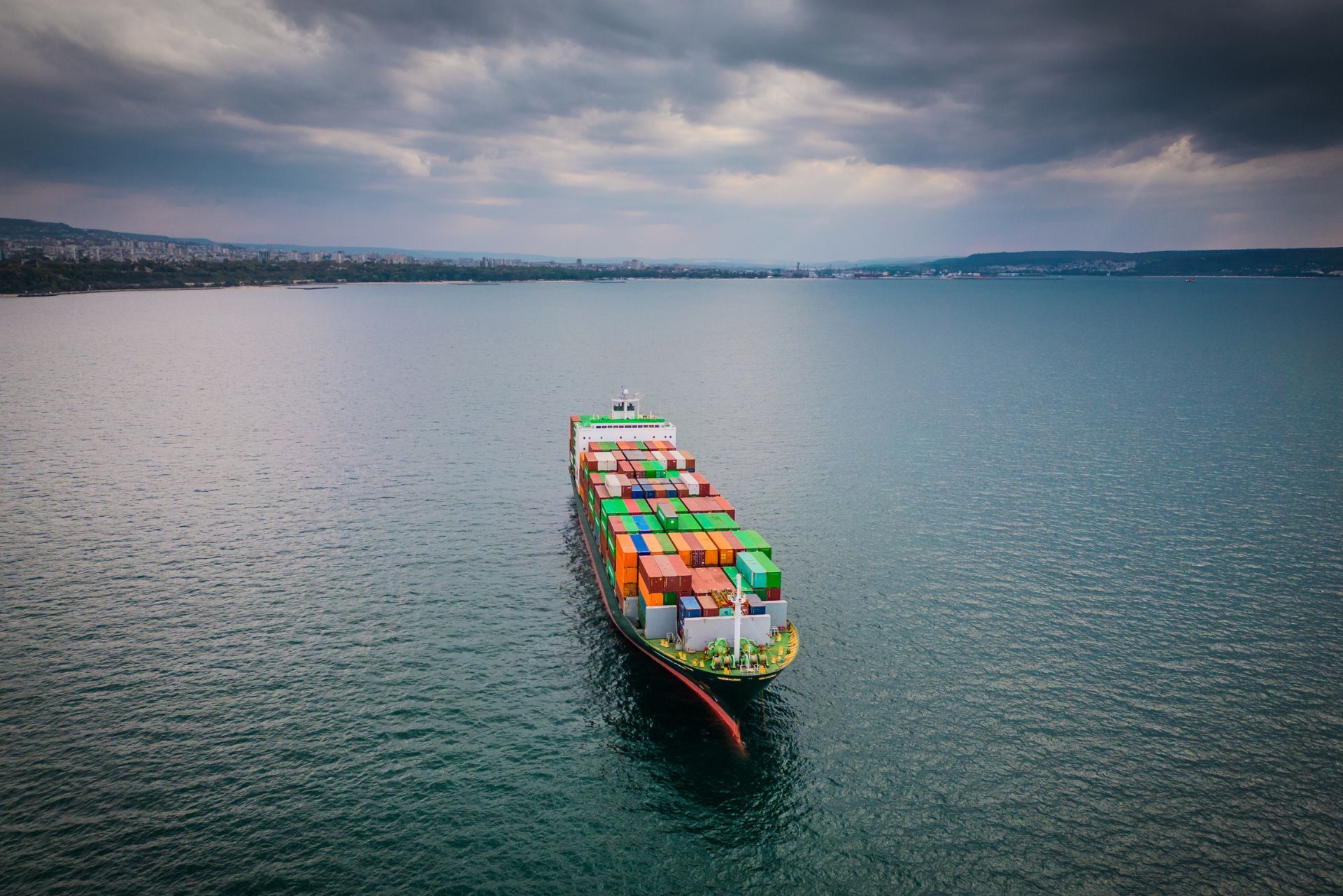Top 3 Recommended Policies

Ocean marine insurance plays a crucial role in safeguarding the vast and complex world of maritime commerce. As global trade continues to expand and evolve, so does the need for comprehensive insurance solutions that protect vessels, cargo, and liabilities on the high seas. In 2023, the marine insurance industry demonstrated remarkable resilience and growth, with global premiums reaching $38.9 billion, a 5.9% increase from the previous year, underscoring the sector's vitality amid ongoing challenges.
This article delves into the fundamentals of ocean marine insurance, its current market dynamics, and the emerging trends shaping its future. Whether you are a maritime professional, insurer, or simply curious about how the industry protects the backbone of global trade, this comprehensive guide will equip you with essential knowledge.
Understanding Ocean Marine Insurance: What Does It Cover?
Ocean marine insurance is a specialized form of insurance designed to cover risks associated with maritime activities. Unlike other insurance types, it encompasses a broad spectrum of protections tailored to the unique hazards of the sea.
Key Coverage Areas
The primary components of ocean marine insurance include hull insurance, cargo insurance, and liability insurance. Hull insurance protects the shipowner against physical damage to the vessel itself, whether caused by collisions, grounding, or natural disasters. Cargo insurance covers the goods being transported, insuring against loss or damage during transit. Liability insurance addresses legal responsibilities arising from third-party claims, such as injury or environmental damage.
This multifaceted approach ensures that all parties involved in maritime operations—from shipowners and cargo owners to charterers—can mitigate financial risks effectively. Additionally, marine insurance can also include protection against piracy, which has become a significant concern in certain high-risk areas. The inclusion of specialized endorsements, such as war risk coverage, further enhances the policy's ability to adapt to the ever-changing landscape of maritime threats.
Why Is Ocean Marine Insurance Essential?
The ocean is an unpredictable environment, fraught with perils ranging from severe weather to geopolitical tensions. For instance, recent developments highlight how increased cargo exposures and evolving shipping risks are challenging insurers to adapt their coverage and pricing strategies. Without adequate insurance, maritime businesses could face catastrophic financial losses that ripple through global supply chains.

Market Trends and Growth in Marine Insurance
The marine insurance market has experienced steady growth, reflecting the expanding scale and complexity of maritime commerce. According to Transparency Market Research, the global marine insurance market is projected to grow at a compound annual growth rate (CAGR) of 3.3% from 2021 to 2031, reaching an estimated $36.8 billion by 2031.
This growth is driven by several factors, including increased global trade volumes, advancements in shipping technology, and a heightened awareness of maritime risks. The industry's expansion is also supported by the broader marine economy, which contributed nearly 2% to the U.S. GDP in 2022, generating $777 billion in sales and supporting 2.4 million jobs, according to data from the National Oceanic and Atmospheric Administration (NOAA) and the Bureau of Economic Analysis (BEA). Furthermore, the rise of e-commerce and the global supply chain's intricacies have necessitated more comprehensive insurance solutions to cover various shipping methods, including container shipping and bulk carriers, which have become increasingly vital in meeting consumer demand.
Additionally, the marine insurance sector is witnessing a surge in the adoption of technology, such as big data analytics and artificial intelligence, which are transforming risk assessment and underwriting processes. Insurers are now able to analyze vast amounts of data to better understand risk profiles and tailor policies accordingly. This technological integration not only enhances operational efficiency but also improves customer experience by providing quicker claims processing and more personalized coverage options. As a result, the marine insurance landscape is evolving, with companies striving to leverage these advancements to stay competitive and meet the changing needs of their clients.
Profitability and Competitive Dynamics
Marine insurers have been operating with above-average profitability for the past two to three years, a trend noted by Andrew D’Alessio, head of marine at AXA XL. This profitability has intensified competition, leading to pricing adjustments, particularly in cargo insurance and marginally in hull and marine liabilities. Such competitive dynamics benefit insured parties by potentially lowering premiums, but they also challenge insurers to maintain underwriting discipline amid evolving risks. Moreover, the increasing frequency of natural disasters and geopolitical tensions has prompted insurers to reassess their risk models and pricing strategies, ensuring that they remain sustainable while still offering competitive rates.
In response to these challenges, many marine insurers are diversifying their portfolios and exploring niche markets, such as renewable energy projects and environmental liability coverage. The shift towards greener shipping practices and the growing emphasis on sustainability are influencing underwriting criteria, prompting insurers to develop products that cater to environmentally conscious clients. As the industry adapts to these trends, collaboration between insurers, shipowners, and regulatory bodies becomes crucial in fostering a resilient marine insurance ecosystem that can withstand future uncertainties.
Challenges Facing the Marine Insurance Industry
Despite positive growth, the marine insurance market is navigating a complex landscape marked by emerging risks and geopolitical uncertainties. A recent analysis by Insurance Business America highlights how geopolitical tensions, increased cargo exposures, and shifting shipping risks are creating a "perfect storm" for insurers.
These factors complicate risk assessment and pricing, requiring insurers to enhance their expertise and adopt innovative risk management strategies. For example, geopolitical conflicts may disrupt shipping routes or increase piracy risks, while the rise in cargo values and volumes elevates potential claim sizes. Additionally, the ongoing pandemic has further complicated logistics, leading to supply chain disruptions that have made it increasingly difficult for insurers to predict risk accurately. As a result, marine insurers are compelled to invest in advanced analytics and data-driven approaches to better understand and mitigate these evolving threats.
Environmental and Climate-Related Risks
Another critical challenge is the impact of climate change on maritime risks. A study published on arXiv found that anthropogenic aerosols have increased insured windstorm losses in Europe by 45% in the late 20th century compared to pre-industrial times. This trend underscores the growing frequency and severity of weather-related events affecting marine operations. Moreover, rising sea levels and increased storm intensity pose additional threats to port infrastructure, which is vital for global trade.
Insurers must therefore incorporate climate models and environmental data into their underwriting processes to better anticipate and price these risks. This shift also encourages the maritime industry to invest in resilience measures, such as stronger ship designs and improved route planning. In addition, the adoption of green technologies and sustainable practices is becoming increasingly important, as stakeholders seek to align with global climate goals. Insurers are now exploring coverage options for environmentally friendly vessels and incentivizing clients to adopt practices that minimize their carbon footprint, thereby creating a more sustainable marine insurance landscape.

The Future of Ocean Marine Insurance
Looking ahead, ocean marine insurance is poised to evolve in response to technological advancements and changing market demands. Digitalization, data analytics, and artificial intelligence are increasingly being leveraged to enhance risk assessment, claims processing, and customer service. These technologies enable insurers to analyze vast amounts of data in real-time, allowing for more accurate underwriting and quicker responses to claims. For instance, predictive analytics can identify potential risks before they materialize, helping insurers to mitigate losses and improve overall operational efficiency.
Moreover, the industry is likely to see greater emphasis on sustainability and environmental responsibility. As regulatory frameworks tighten and stakeholders demand greener shipping practices, insurers will play a pivotal role in incentivizing compliance and supporting the transition to low-carbon maritime operations. This shift not only aligns with global sustainability goals but also opens up new avenues for insurance products that cater to eco-friendly shipping initiatives, such as policies that reward companies for reducing their carbon footprint or investing in renewable energy sources.
Adapting to a Dynamic Industry Landscape
Marine insurers must remain agile to address the multifaceted challenges and opportunities ahead. This includes expanding coverage options to cover emerging risks such as cyber threats, supply chain disruptions, and new types of liabilities. The rise of digital shipping solutions, while enhancing efficiency, also introduces vulnerabilities that insurers must account for. Cyber insurance, for example, is becoming increasingly critical as the maritime sector grapples with the implications of cyberattacks that can disrupt operations and compromise sensitive data.
Collaboration between insurers, shipowners, regulators, and technology providers will be essential to foster innovation and resilience. By embracing these changes, the ocean marine insurance sector can continue to underpin the global maritime economy effectively. Partnerships with tech firms can lead to the development of advanced risk management tools, while engagement with regulatory bodies can ensure that insurance products remain compliant with evolving laws. Additionally, educational initiatives aimed at raising awareness about new risks and best practices will empower stakeholders to make informed decisions, ultimately strengthening the entire maritime ecosystem.
As the industry navigates these transformations, it is also important to consider the role of data privacy and security. With the increasing reliance on digital platforms, protecting sensitive information will be paramount. Insurers will need to implement robust cybersecurity measures to safeguard client data and maintain trust in their services. This focus on data integrity not only protects the interests of the insurers but also enhances the overall security of the maritime supply chain.
Contact Us
Phone
Location
